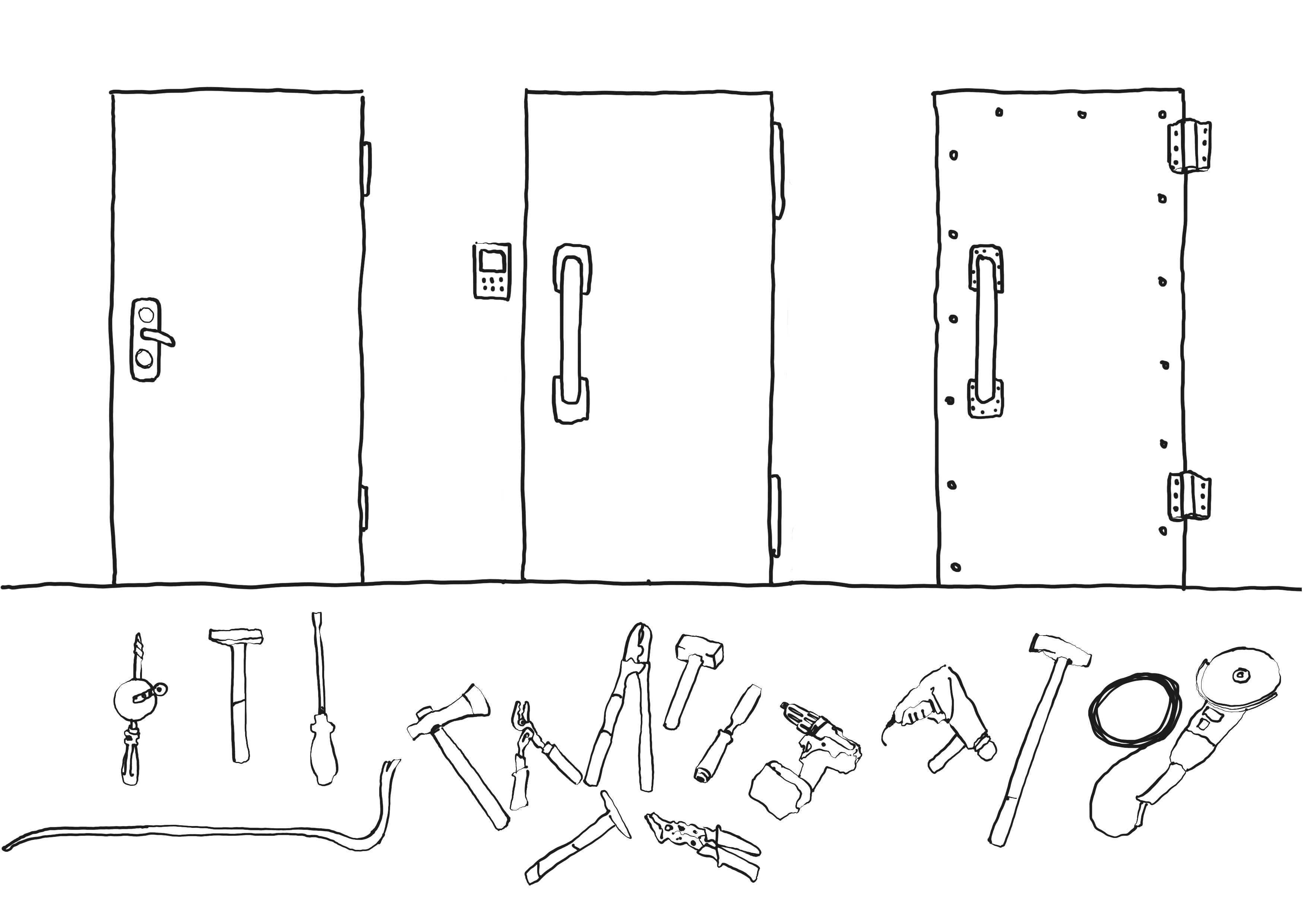Standards

‘...[S]tandards are a lingua franca that helps us understand things in the same way. This means that we can be sure that what we collaborate on or buy from each other matches expectations – whether this is between businesses, authorities or consumers. Standards can, for instance, set requirements for the performance of a product, or describe technical terms in a given area. Standards can also indicate methods for e.g. testing a product's durability.’ – Danish Standard
There are several European and international standards that are relevant in the context of protective security. From a holistic perspective, this could be in the area of information security or risk management.
In Denmark, it is most common to refer to the European standards in relation to security products, but national and American standards are also used. When faced with a holistic security solution where the individual products are certified according to different standards, one should be aware that the product with the lowest level of resistance will reduce the overall resistance of solution. In other words, the chain is only as strong as the weakest link.
The following is an example of European standards used in the certification of a door.


